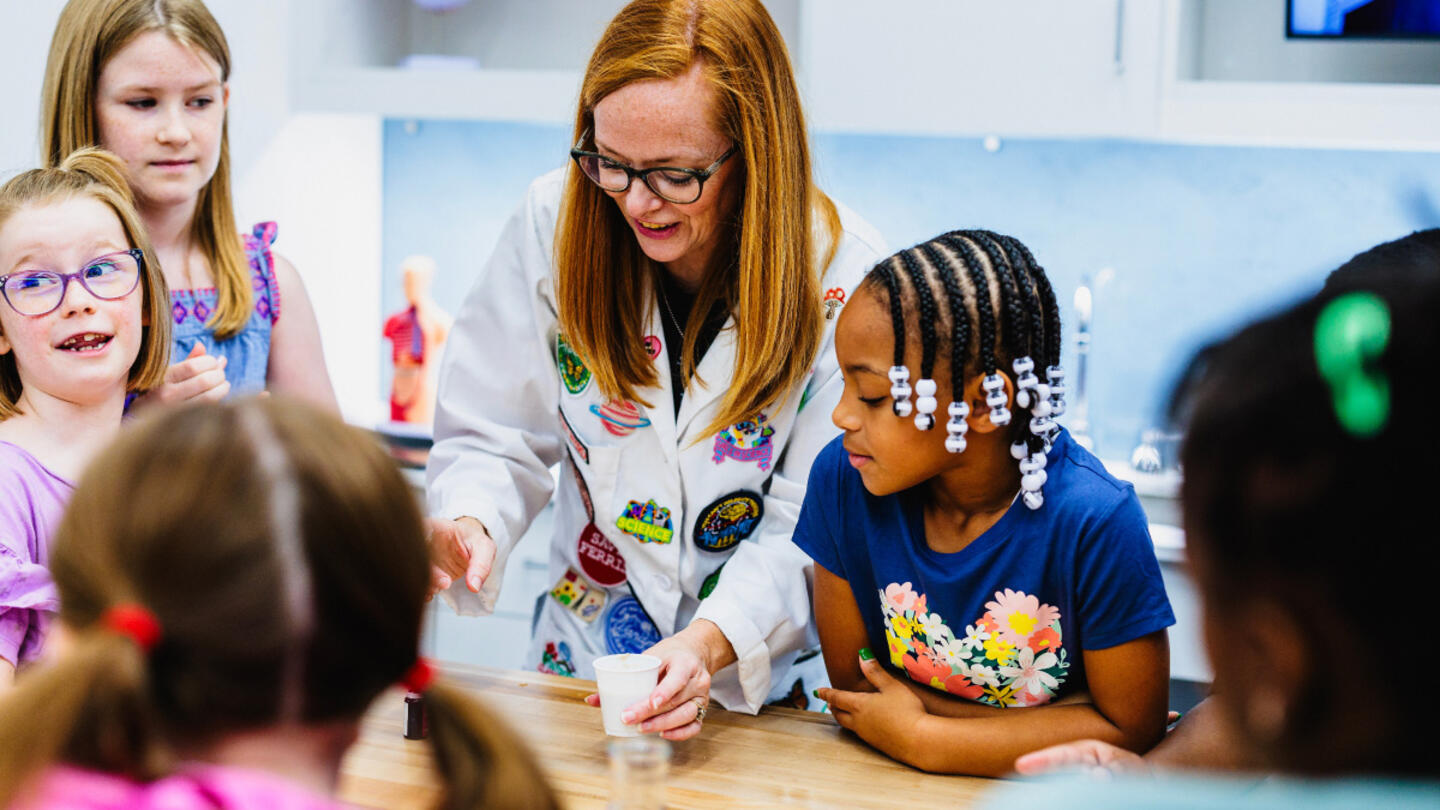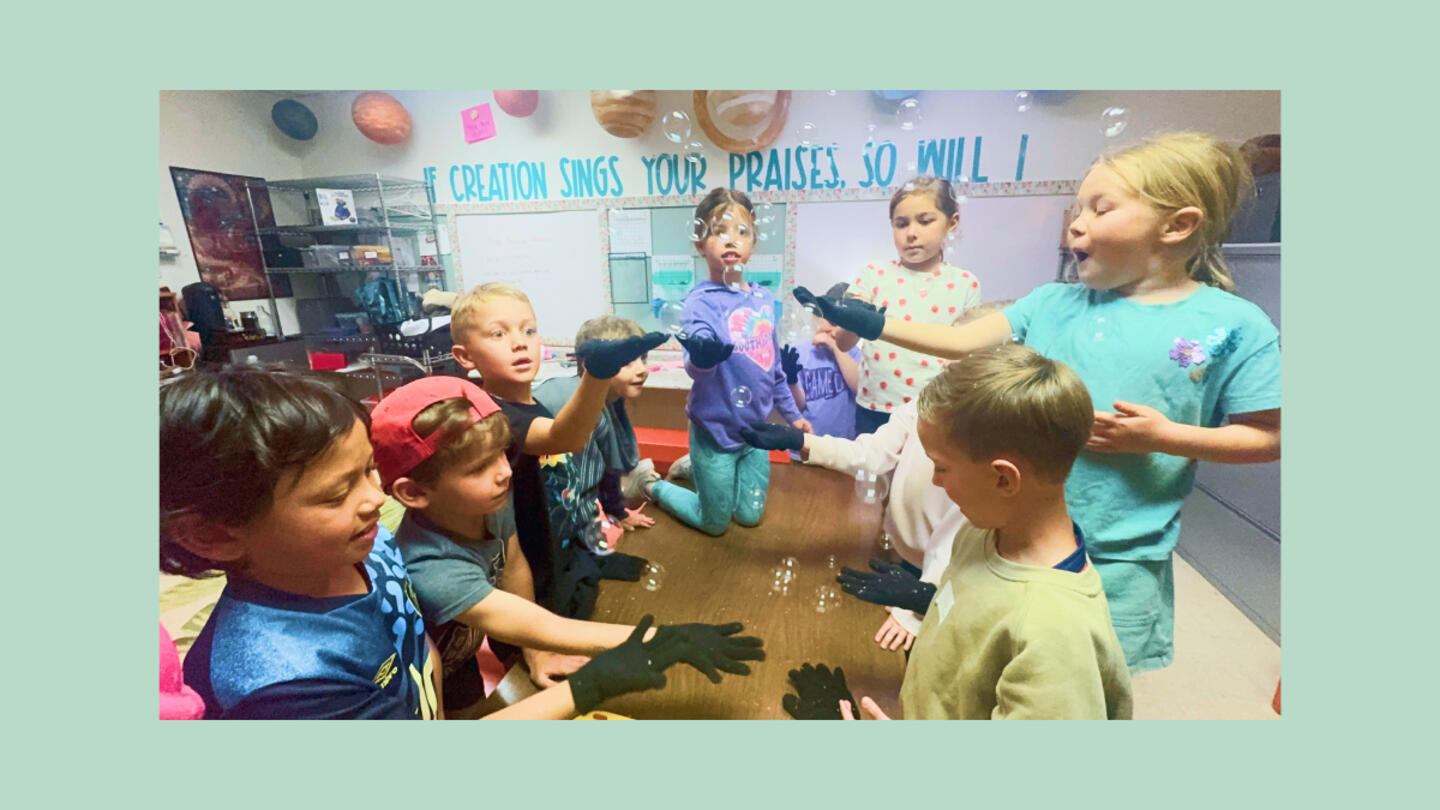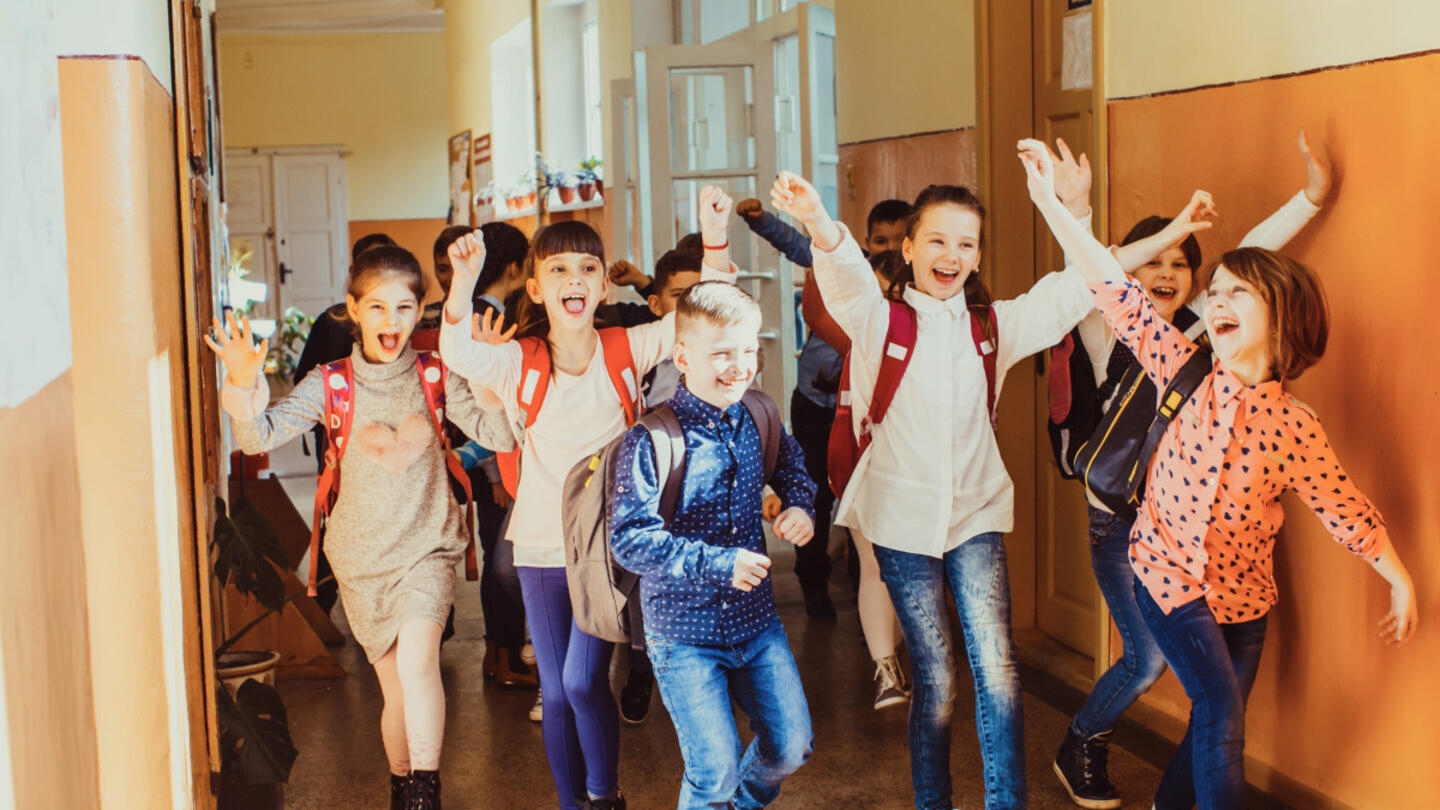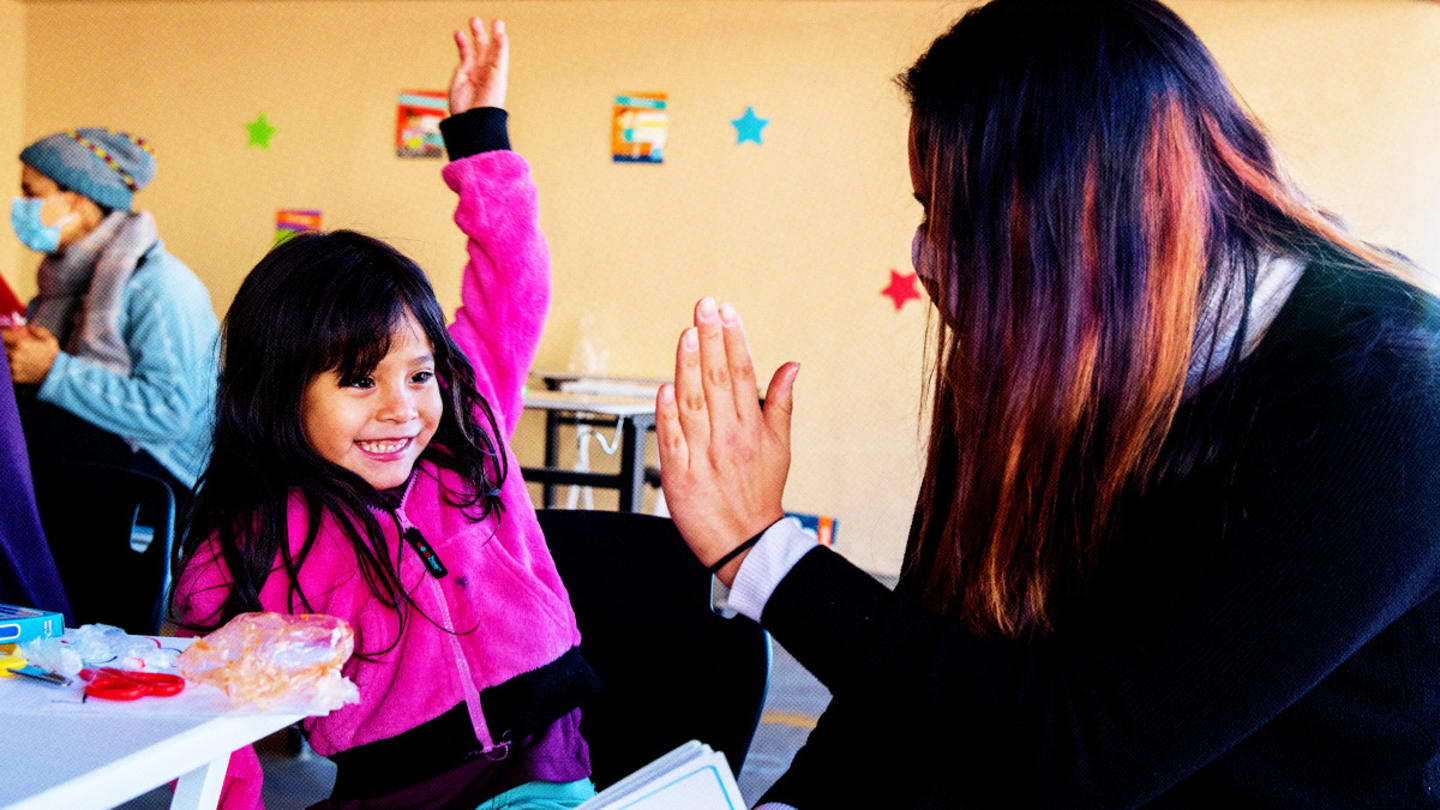Education freedom is having a moment.
In 2023, 36 state legislatures considered Education Savings Accounts (ESAs), and 13 approved them. ESA legislation allocates public funds directly to families, empowering them to choose their learning options. Some states restrict ESA eligibility to students with disabilities or living below certain income levels, but in the last three years, legislation has been trending toward universal eligibility for K-12 students.
This shift is making education innovation possible. It has the potential to reshape the education landscape — from a single government-controlled option to a pluralism of learning models, many of them small, community-based microschools that provide personalized learning environments.
Don and Ashley Soifer are co-founders of the National Microschooling Center, a nonprofit resource hub and movement builder for microschooling. The recent trend toward universal ESAs is fueling a surge in microschools across the country. “Microschooling is one of the most exciting movements in education that we’ve seen in America,” said Ashley Soifer, who first became interested in microschools because her three children had such diverse learning needs. “We have three kids of our own, and they’re in three different microschools because truly, every child needs something different.”
“The beautiful thing about microschools is you can truly build them around the relationships and needs of the particular learners and families that you’re serving,” said Don Soifer. “Large systems can’t be flexible in the ways microschools can.”
Flexible funding models like ESAs make it easier for parents to seek learning opportunities specific to each child’s needs and interests. “The true spirit of the education savings account model is a learn everywhere approach that gives families absolute control of how they choose to use school choice programs to create their child’s education,” said Don Soifer. “They’re not locked into using one proprietary full-time choice.”
However, ESAs are only a part of the many regulatory puzzles impacting microschools. Most education regulations were created with large, brick-and-mortar public schools in mind, not tiny microschools with less than 20 students. And because each microschool is so unique, regulations not intended for education can unexpectedly present as hurdles. Founders run up against business, childcare, zoning, and food safety laws that can slow down or derail plans to start innovative microschools.
“Each state is different,” said Don Soifer. “Everyone is responding to circumstances where they are.” The National Microschooling Center works with microschool founders in states nationwide to ensure government forces don’t negatively impact the microschool movement, and so that educators can prioritize what matters most to families: the personal growth and development of their children.
“The beauty of the pluralism happening across microschooling in America needs to be preserved,” said Don Soifer. “Microschools represent a different way of learning that isn’t constrained by traditional school models.”
Do we really want zoning laws and business licensing to be what holds them back?
Is returning to the one-room schoolhouse really an innovation?
“A lot of microschools today look like one-room schoolhouses, just updated with what we now know about pedagogy and technology,” said Don Soifer.
Size and schedules vary widely across the nationwide microschool ecosystem. In fact, every aspect of microschooling is characterized by wide diversity, which is a fundamental feature of this educational model.
According to a recent study conducted by the National Microschooling Center, median enrollment for microschools is 16 children, with 55% offering full-time schedules and 28% part-time/hybrid options. They are primarily accountable to parents, measuring impact through observations, mastery tracking, growth toward nonacademic goals, and portfolio assessments. Most students (88%) are from average or below-average income households.
“Every microschool that we step foot into looks and feels so different,” said Ashley Soifer. “It’s really a chance for every family to find somewhere their child can thrive with the variety of models that are popping up and being created.” For example, some microschools look similar to conventional models with desks and chalkboards. Others meet in living rooms, attics, or church annexes. Some are even entirely outdoors. Learning models might include anything from Montessori to STEM to neurodiverse adaptations.
There are similarities, foremost among them being personalized learning, which is what makes microschools so innovative. As standardized public schooling has become increasingly impersonal, parents and educators are prioritizing personalized learning models that focus on students more than curriculum.
“These microschools are creating innovative learning environments that are built around relationships,” said Ashley Soifer. “They know who these kids are. They know who the families are, and they’re able to create a solution that works for each child.”
Sign up for Stand Together's K-12 newsletter and get stories, ideas, and advice from changemakers who are transforming education across the country.
Outdated, sometimes bizarre, regulations pop up when least expected
Many states have regulatory systems not equipped for the unique needs and structures of microschools. “Microschooling is a way of doing things that the current frameworks hadn’t really anticipated,” said Don Soifer, who compared current challenges to the time when venture capital started becoming popular in the early 1980s. “When venture capital became a thing, it was patently illegal. The Securities and Exchange Commission recognized that this is the new way the wind was blowing and modernized the regulatory framework.”
“We need to modernize the regulatory framework so that microschools can do what they do best,” he said.
In Arizona, frequently lauded for its exceptional school choice policies, a Montessori microschool was shut down because of a food handling regulation. A foundational principle of Montessori is “freedom within limits.” Children are free to move about and choose the activities they want to do, including many they design themselves. Sometimes an activity might include preparing food, such as slicing a banana or making a sandwich.
“A kid wants to show up and give you a thimble full of tea,” said Don Soifer. “It’s a way of doing Montessori that was shut down because of how food handling regulations were being enforced.”
Ashley Soifer told of a microschool intended to serve no more than 20 students. Because of education regulations for traffic safety at large schools with hundreds of students coming and going, this microschool was required to do a traffic study. Another regulation from the State Board of Education required the microschool to pay an architect to redraw plans for its existing building. Together, these requirements cost the microschool many thousands of dollars that could’ve been invested in students.
“Working to remove those barriers is crucial so that microschools can start regardless of whether they’ve got a lot of capital,” she said.
How microschools are changing education across the board
The National Microschooling Center frequently gets calls from public school educators wanting to know how microschools are so successful.
“The microschool movement is something everybody’s taking notice of,” said Ashley Soifer. “School districts are worried about losing some of their best teachers to start their own microschools. Hopefully, this will prompt some changes from larger systems, but it takes time.”
A big lesson she believes public schools can learn from microschools: “Bringing parents into the process and valuing their input can significantly impact the overall education system.”
Don Soifer estimates that microschools only hold about 2% of the education market share, but they’re having an outsized impact on traditional schools.
“Even though we have a relatively small market share, we’re having positive impacts on inspiring larger traditional schooling settings,” he said. Public schools are realizing they need to re-examine their learning models. “We have a steady stream of school district superintendents and even state superintendents coming to visit microschools because they have declining enrollments.”
He explained that one of the strengths of the movement is that microschools define success according to the goals of the families in their school community. This alone is enough to make him optimistic about the future of microschooling.
Government-run schools are held accountable to federal requirements and state standards that rely on tests and grades to demonstrate academic proficiency, but microschools are accountable to parents and children. They tend to focus more on growth — measuring change as personal progress, not in comparison to peers or statewide averages. “Academic growth is important,” said Don Soifer. “But so is the growth of the whole child — how to support a whole child to thrive and be happy and to love learning in ways they hadn’t before.”
With parental support and happier, more fulfilled students, the microschool movement continues to gain momentum. Where will it be in five or 10 years? The Soifers said they’re excited to find out.
“The microschool movement is constantly evolving and iterating and growing into something that’s truly innovative,” said Don Soifer. “That’s not going to stop any time soon. Sitting back and watching how this truly diversified movement evolves from here — that’s what’s going to be most exciting to me.”
***
The National Microschooling Center is supported by Stand Together Trust, which provides funding and strategic capabilities to innovators, scholars, and social entrepreneurs to develop new and better ways to tackle America’s biggest problems.
Learn more about Stand Together’s education efforts and explore ways you can partner with us.

This colearning space has the potential to bridge the divide between public and private education.

New Johns Hopkins data shows homeschooling’s recent surge has transformed the education landscape.
Step 1: Find the best learning environment for your child. Step 2? Figure out how to pay for it.

Here’s what happens when AI replaces teachers.
